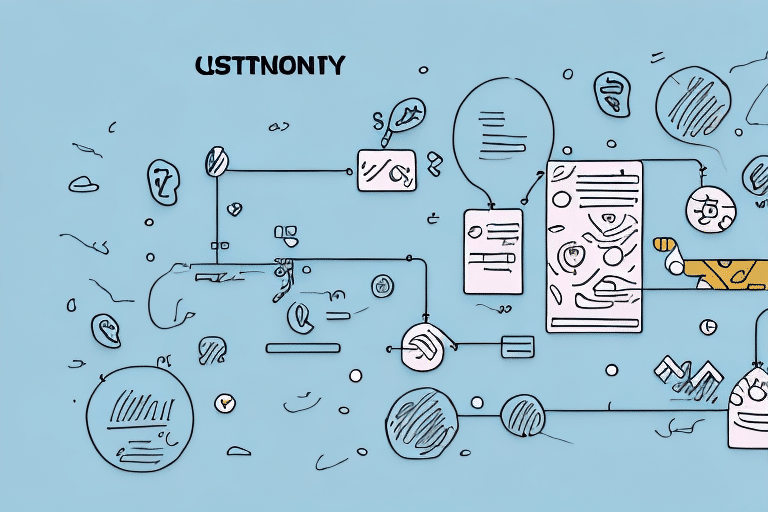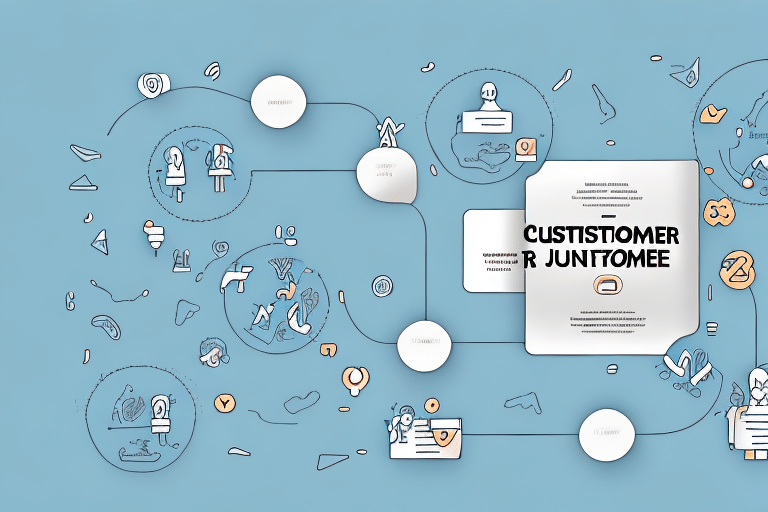Understanding the Concept of OKRs
OKRs, or Objectives and Key Results, are a goal-setting framework that helps organizations define measurable goals and track their outcomes. Introduced by Intel and popularized by companies like Google, OKRs consist of an objective, which is a clearly defined goal, and key results, which are specific measures used to track the achievement of that goal. This framework promotes alignment, transparency, and engagement within teams, ensuring that everyone is working towards common objectives.
According to a Harvard Business Review study, organizations that effectively implement OKRs see a significant increase in employee engagement and productivity. By setting ambitious yet achievable goals, OKRs encourage teams to strive for excellence and continuously improve their performance.
Importance of Customer Retention for Business Success
Customer retention is a critical component of long-term business success. Retaining existing customers is not only more cost-effective than acquiring new ones but also fosters a loyal customer base that can become brand advocates. Research from Invesp indicates that increasing customer retention rates by just 5% can boost profits by 25% to 95%.
Moreover, loyal customers tend to spend more over time and are more forgiving of occasional mistakes, providing valuable feedback that can drive product and service improvements. High retention rates are also a strong indicator of customer satisfaction and overall business health.
Linking OKRs to Customer Retention Strategies
Integrating OKRs into your customer retention strategy ensures that your efforts are aligned with measurable outcomes. By setting specific objectives related to retention, such as reducing churn or increasing repeat purchases, and defining key results that track progress, businesses can systematically enhance their customer relationships.
Benefits of Using OKRs for Retention
- Alignment: Ensures all teams are working towards common retention goals.
- Transparency: Makes progress towards retention objectives visible across the organization.
- Accountability: Clearly defined key results hold teams accountable for achieving retention targets.
Setting Clear and Measurable Objectives for Customer Retention
Effective OKRs begin with setting clear and measurable objectives. These objectives should be specific, achievable, and aligned with your overall business goals. Examples of customer retention objectives include:
- Increase repeat purchase rate by 15% within the next quarter.
- Reduce customer churn rate from 8% to 5% over the next six months.
- Improve customer satisfaction scores from 80% to 90% by year-end.
Once objectives are defined, break them down into key results that can be tracked quantitatively. For instance, to increase repeat purchases, key results might include enhancing the loyalty program, implementing personalized marketing campaigns, and improving the customer service response time.
Strategies to Achieve Customer Retention Goals with OKRs
With clear OKRs in place, it's essential to develop strategies that will help achieve your customer retention goals. Here are some effective strategies:
Personalizing the Customer Experience
Utilize customer data to tailor marketing messages, product recommendations, and service interactions. Personalized experiences make customers feel valued and understood, increasing their loyalty to your brand.
Enhancing Customer Support
Invest in high-quality customer service by training support teams, reducing response times, and implementing multichannel support options. Satisfied customers are more likely to stay loyal.
Implementing a Loyalty Program
Create rewards programs that incentivize repeat purchases and long-term loyalty. Exclusive discounts, early access to new products, and special members-only events can boost retention rates.
Measuring the Success of Your Customer Retention Strategy with OKRs
Tracking the effectiveness of your retention strategies is crucial for continuous improvement. Key metrics to monitor include:
- Customer Lifetime Value (CLV): Measures the total revenue a customer generates over their relationship with your business.
- Net Promoter Score (NPS): Gauges customer satisfaction and the likelihood of customers recommending your brand to others.
- Churn Rate: Indicates the percentage of customers who stop doing business with you over a specific period.
Regularly reviewing these metrics allows you to assess whether your OKRs are being met and identify areas that require adjustment. For example, if your NPS is declining, it may signal the need to improve customer service or product quality.
According to a Forbes article, businesses that consistently track and act on customer feedback see higher retention rates and improved overall performance.
Case Studies: Successful Implementation of OKRs for Customer Retention
Several leading companies have effectively utilized OKRs to enhance their customer retention strategies:
Amazon
Amazon sets OKRs focused on customer service excellence and delivery speed. By continuously refining their logistics and support systems, Amazon maintains high customer satisfaction and loyalty.
Airbnb
Airbnb uses OKRs to track guest satisfaction and improve the overall guest experience. By prioritizing feedback and enhancing platform features, Airbnb has successfully increased repeat bookings and host loyalty.
Netflix
Netflix employs OKRs to optimize personalized recommendations and user interface improvements. These efforts have led to a highly personalized user experience, significantly boosting customer retention rates.
Studying these companies provides valuable insights into how OKRs can drive effective customer retention strategies.
Common Mistakes to Avoid When Implementing OKRs for Customer Retention
While OKRs are a powerful tool, improper implementation can hinder their effectiveness. Common mistakes include:
- Setting Unrealistic Objectives: Objectives should be challenging yet attainable to avoid demotivation.
- Lack of Alignment: Ensuring that all team members understand and are aligned with the retention goals is crucial for cohesive efforts.
- Neglecting to Track Progress: Regularly monitoring key results is essential to stay on course and make necessary adjustments.
To avoid these pitfalls, ensure that objectives are well-defined, aligned with overall business goals, and that there is a consistent process for tracking and reviewing progress.
The Future of Customer Retention with OKRs: Trends and Innovations
The landscape of customer retention is continually evolving, with several emerging trends shaping its future:
Integration of Artificial Intelligence and Machine Learning
AI and machine learning are becoming integral in predicting customer behavior, personalizing experiences, and automating customer support. These technologies enable more precise and proactive retention strategies.
Enhanced Focus on Customer Experience
Businesses are increasingly prioritizing the overall customer experience, from initial contact to post-purchase support. A seamless and enjoyable experience is vital for retaining customers in a competitive market.
Data-Driven Retention Strategies
The use of advanced analytics and data visualization tools allows businesses to gain deeper insights into customer behavior and preferences, facilitating more effective retention strategies.
Staying abreast of these trends and incorporating them into your OKR framework will ensure that your customer retention strategies remain effective and forward-thinking.
Conclusion
Maximizing customer retention through OKRs is a strategic approach that aligns your business objectives with measurable outcomes. By understanding and implementing OKRs effectively, setting clear and achievable goals, and continuously measuring and adjusting your strategies, you can foster a loyal customer base that drives long-term business success.
Adopting best practices and learning from successful companies can further enhance your retention efforts. As the business environment continues to evolve, leveraging OKRs will help you stay agile and focused on what matters most: your customers.




















